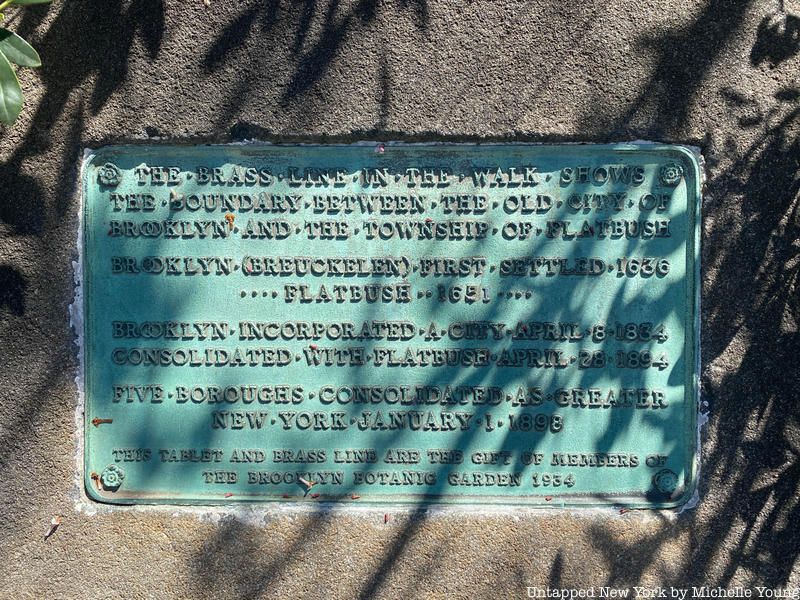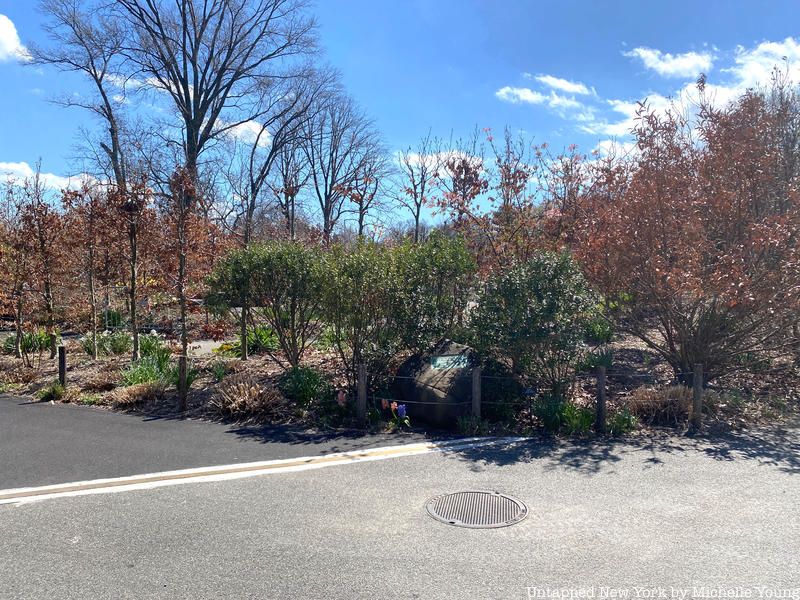Last Chance to Catch NYC's Holiday Notalgia Train
We met the voices of the NYC subway on our nostalgia ride this weekend!


Brooklyn (originally Breuekelen, in Dutch) was first settled in 1636 and incorporated as a city in 1843. Not long after came the village of Flatbush, which originates from the Dutch word Vlacke (meaning flat), first settled in 1651. Flatbush, though part of Brooklyn today, remained independent from its neighbor until 1894. That was just a couple of years before New York City was “consolidated” into the five boroughs.
The heart of the village of Flatbush was located where Flatbush Avenue and Church Avenue intersect today, and where the old Dutch Reformed Church, built in the last decade of the 18th century, and Erasmus Hall, the site of an old clapboard schoolhouse dating to 1786, still exists. The northern border between Brooklyn and Flatbush runs through what is now Prospect Park and Brooklyn Botanic Garden.

Tucked inside the garden’s Flatbush Avenue entrance is a bronze patent line and stone marker denoting the former geographical boundary between Brooklyn and Flatbush, one of many new additions to the latest edition of the book Secret Brooklyn. The line extends completely across the asphalt walkway. On the southern end of the line, you’ll find a rock with a bronze plaque. Both the brass line and the plaque were installed in 1934 as a gift from members of the Brooklyn Botanic Garden. The curator of the Garden during that time told the Brooklyn Daily Eagle that the land assigned to build the Brooklyn Botanic Garden was bounded by this patent line.

The plaque reads “The brass line in the walk shows the boundary between the old city of Brooklyn and the township of Flatbush. Brooklyn (Breukelen) first settled in 1636. Flatbush 1651. Brooklyn incorporated a city April 8, 1834. Consolidated with Flatbush January 1, 1896. Five boroughs consolidated as greater New York January 1, 1898.”

Fun fact: The Garden’s head librarian Kathy Crosby tells us “Although the ‘line’ is said to have been made of brass in the literature of the time of its installation, recent renovative work indicates it was bronze. A new line marker had to be recast to fit the new pathway, and it is bronze.”

This is just one of the many. new entries in the third edition of my book Secret Brooklyn. Join me in a free virtual talk on the book on February 15 with Save Ellis Island and order an autographed copy from Untapped New York!
Subscribe to our newsletter